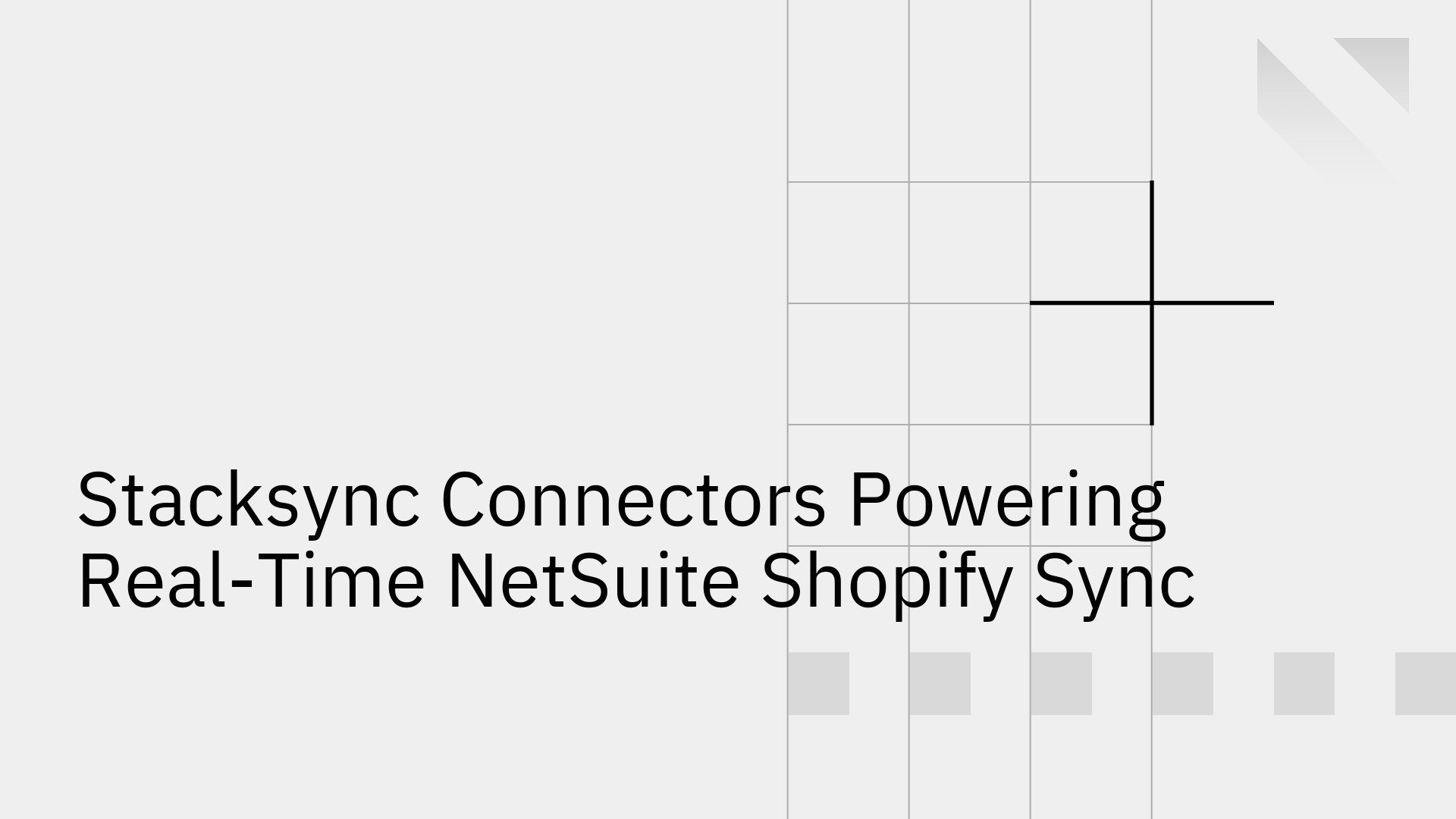
Integrating NetSuite ERP with a Shopify e-commerce storefront is a mission-critical requirement for scaling retail operations. However, achieving seamless, real-time data flow between these two powerful systems presents significant technical hurdles. Disconnected platforms lead to data latency, manual reconciliation errors, inaccurate inventory levels, and a fragmented customer experience. These inefficiencies directly impact revenue and operational capacity by creating data silos where NetSuite holds the financial and inventory truth while Shopify manages customer-facing orders and product information.
The challenge lies in synchronizing critical business data—including customer profiles, product catalogs, inventory levels, and the entire order lifecycle—bi-directionally and in real time. Without a robust integration strategy, businesses are forced to rely on brittle, inefficient methods that undermine growth and operational stability.
Connecting enterprise-level systems like NetSuite and Shopify requires more than a simple data pipe. The complexity stems from maintaining data consistency, handling high transaction volumes, and managing distinct data models. Traditional approaches often fall short.
These methods fail to establish a single source of truth, resulting in operational bottlenecks such as overselling popular products, delayed order fulfillment, and inaccurate financial reporting [2], [3].
Stacksync provides a purpose-built integration platform designed to solve these specific challenges. The Stacksync NetSuite connector facilitates a true, real-time, bi-directional sync with Shopify, eliminating the complexity and unreliability of traditional methods. It is engineered for performance, reliability, and scalability from the ground up.
Unlike solutions that simulate two-way sync by running two separate one-way jobs, Stacksync establishes a true bi-directional connection. Data is synchronized in milliseconds, ensuring that changes made in either NetSuite or Shopify are propagated to the other system almost instantly [4]. This real-time capability is essential for:
Integration stability is paramount. Stacksync is built with automated reliability features to help ensure data consistency and prevent silent failures.
Stacksync accelerates deployment with a no-code setup that allows teams to configure and launch a production-grade integration quickly. For advanced use cases, the platform offers customization. Custom workflow triggers can be configured for when records are created, updated, or deleted, enabling automation tailored to specific business processes [4].
By implementing a real-time NetSuite Shopify integration with Stacksync, businesses can realize significant technical and operational advantages that drive efficiency and growth.
The power of a robust, bi-directional synchronization engine extends beyond a single integration pair. The same principles that govern a NetSuite and Shopify connection are applicable across an entire technology stack. Engineering and operations teams can leverage the Stacksync platform to address other integration needs, creating a unified data fabric across the organization.
For instance, the same platform can power a Stacksync Salesforce integration with an ERP or a real-time HubSpot database integration with a production PostgreSQL database. This approach eliminates the need for multiple point solutions or disparate integration strategies. By centralizing data synchronization on a single platform, organizations can break down data silos—whether between CRMs, ERPs, or custom databases—and empower every team with consistent, real-time data.
A successful NetSuite Shopify integration is foundational for modern e-commerce. With Stacksync, this integration can become a strategic asset. By providing data consistency, automated reliability, and scalability, Stacksync enables businesses to streamline operations and allows engineering teams to focus on building competitive advantages, not maintaining data plumbing.